Researchers have developed a functional precision medicine approach that targets cancer by combining genetic testing with a new way to test individual drugs on tumor samples. The results of the clinical study were published in Nature Medicine.
Category: genetics – Page 149
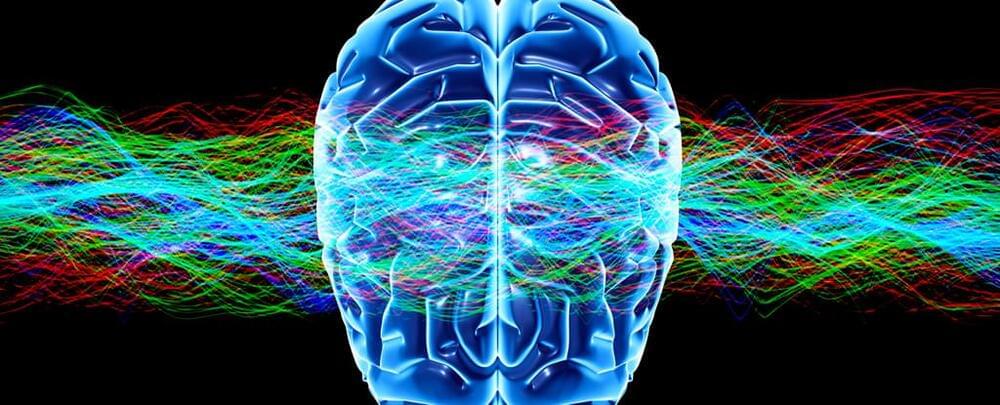
Brain Acidity Linked With Multiple Neurological Disorders
In a global research effort, scientists have uncovered a relationship between metabolism problems in the brain and a range of neuropsychiatric and neurodegenerative disorders, from autism to Alzheimer’s disease and more.
Despite their diverse symptoms, these conditions – as well as depression, epilepsy, schizophrenia, intellectual disability, and bipolar disorder – all involve a degree of cognitive impairment and often share genetic or metabolic features, hinting at a common biological basis.
The extensive collaboration by the International Brain pH Project Consortium, involving 131 scientists from 105 labs in seven countries, identified changes in brain acidity and lactate levels in animals as key signs of this metabolic dysfunction.

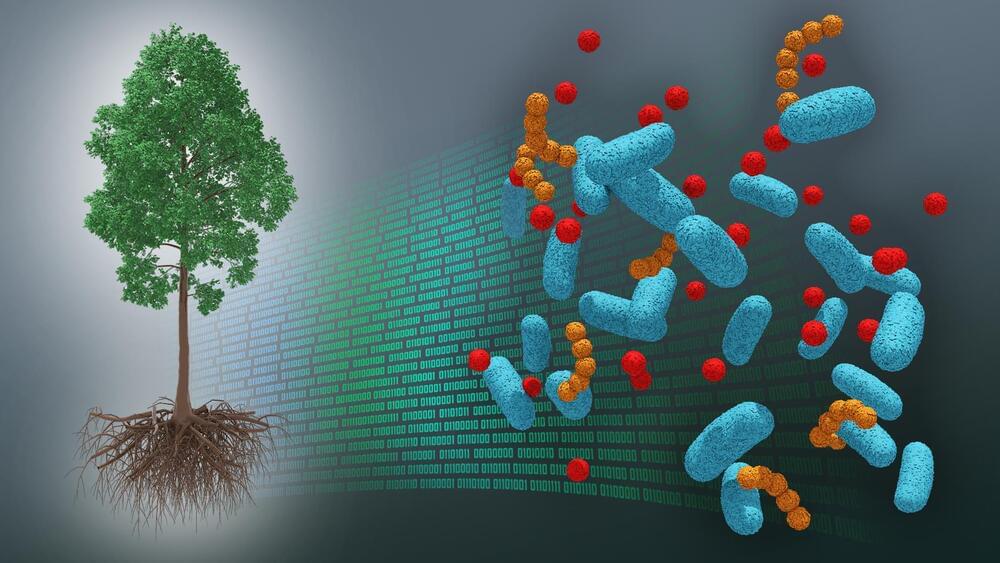
First-of-its-kind integrated dataset enables genes-to-ecosystems research
A first-ever dataset bridging molecular information about the poplar tree microbiome to ecosystem-level processes has been released by a team of Department of Energy scientists led by Oak Ridge National Laboratory. The project aims to inform research regarding how natural systems function, their vulnerability to a changing climate, and ultimately how plants might be engineered for better performance as sources of bioenergy and natural carbon storage.
The data, described in Nature Publishing Group’s Scientific Data, provides in-depth information on 27 genetically distinct variants, or genotypes, of Populus trichocarpa, a poplar tree of interest as a bioenergy crop. The genotypes are among those that the ORNL-led Center for Bioenergy Innovation previously included in a genome-wide association study linking genetic variations to the trees’ physical traits. ORNL researchers collected leaf, soil and root samples from poplar fields in two regions of Oregon — one in a wetter area subject to flooding and the other drier and susceptible to drought.
Details in the newly integrated dataset range from the trees’ genetic makeup and gene expression to the chemistry of the soil environment, analysis of the microbes that live on and around the trees and compounds the plants and microbes produce.
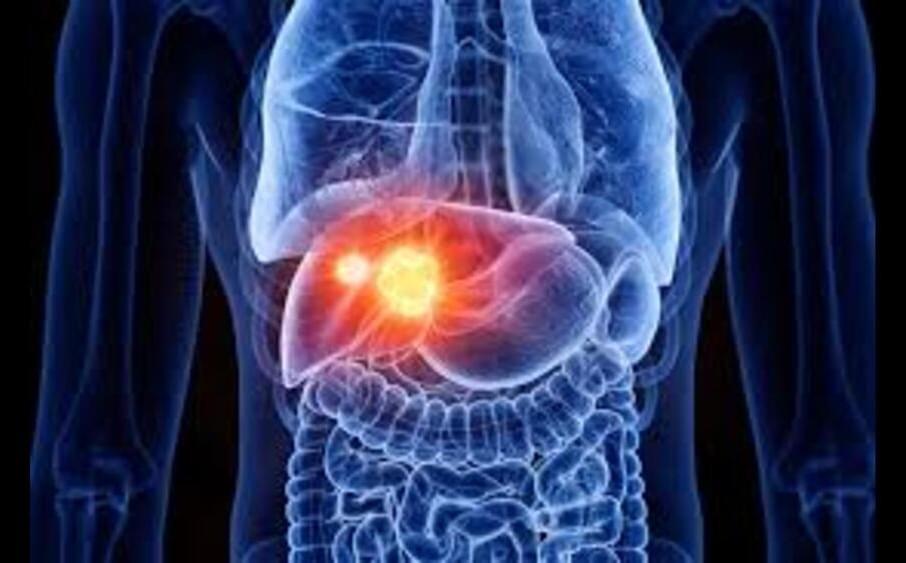
Geneos vaccine shows efficacy in reducing liver tumors in trial
Personalized vaccine + immunotherapy cuts advanced liver cancer in small trial.
There were no serious adverse reactions. The most common was mild injection site reactions.
This Geneos treatment is a DNA vaccine that delivers the genetic code of mutated proteins into cells through a small electrical impulse. Each vaccine can target up to 40 mutated genes.
Niranjan Sardesai, the president of Geneos said that despite the small size of this study, their results are important for the advancement of the field. “Our mechanism confirms every step, from vaccination to tumor reduction, required to explain the immunological basis for the observed clinical responses,” he said in the statement.
Resting Heart Rate, Heart Rate Variability: What’s Optimal, 2,061 Days of Data
Join us on Patreon! https://www.patreon.com/MichaelLustgartenPhDDiscount Links: Epigenetic, Telomere Testing: https://trudiagnostic.com/?irclickid=U-s3Ii2r7x…
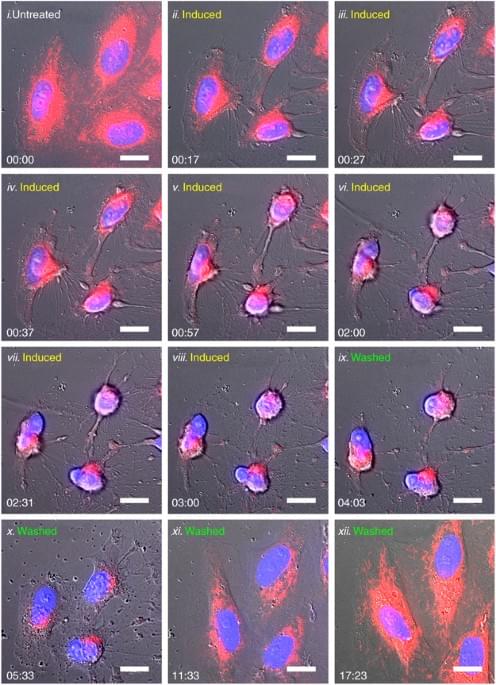
Reversibility of apoptosis in cancer cells
Year 2008 I think that this reversing of the death processes in cancer could be genetically engineered in humans to essentially reverse death on the whole human body.
British Journal of Cancer volume 100, pages 118–122 (2009) Cite this article.

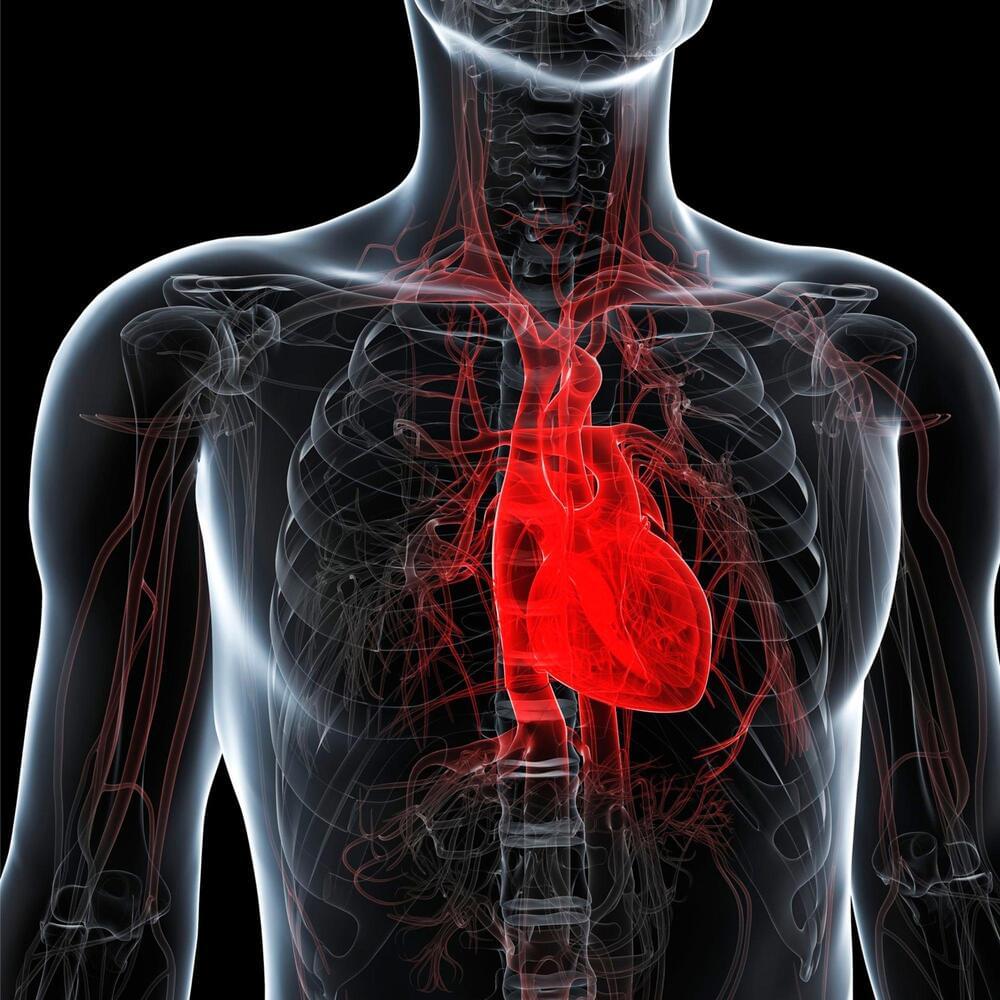
Anti-Aging Gene Shown To Rewind Heart Age by 10 Years
face_with_colon_three year 2023 The ultimate goal is to use crispr to modify genetic programming for eternal life this an example of heart age reversal.
An anti-aging gene found in centenarians has been shown to reverse the heart’s biological age by 10 years. This groundbreaking discovery, published in the journal Cardiovascular Research and led by scientists from the University of Bristol and MultiMedica Group in Italy, offers a potential target for heart failure patients.
Individuals who carry healthy mutant genes, commonly found in populations known for exceptional longevity such as the “blue zones,” often live to 100 years or more and remain in good health. These carriers are also less susceptible to cardiovascular complications. Scientists funded by the British Heart Foundation believe the gene helps keep their hearts youthful by guarding against diseases related to aging, such as heart failure.
In this new study, researchers demonstrate that one of these healthy mutant genes, previously proved particularly frequent in centenarians, can protect cells collected from patients with heart failure requiring cardiac transplantation.
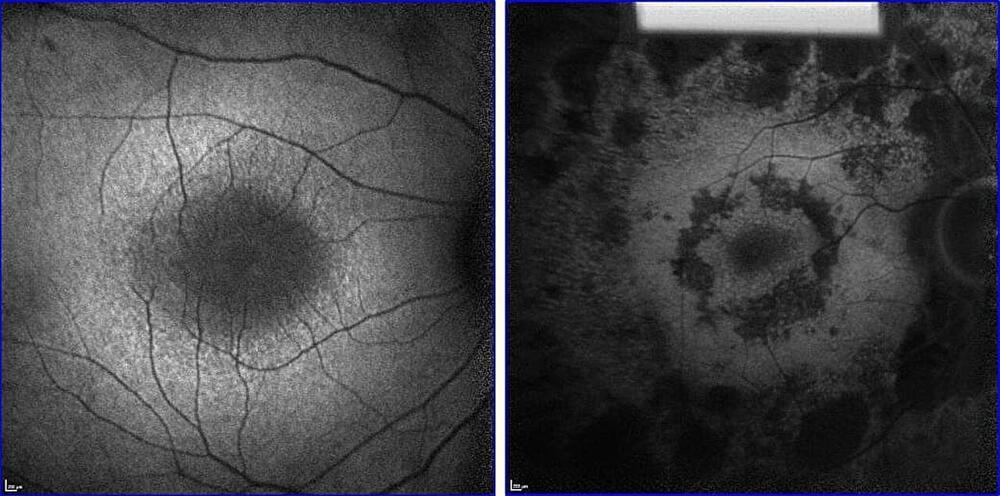
Revitalizing Vision: Metabolome Rejuvenation Can Slow Retinal Degeneration
Gene therapy may be the best hope for curing retinitis pigmentosa (RP), an inherited condition that usually leads to severe vision loss and blinds 1.5 million people worldwide.
But there’s a huge obstacle: RP can be caused by mutations in over 80 different genes. To treat most RP patients with gene therapy, researchers would have to create a therapy for each gene—a nearly impractical task using current gene therapy strategies.
A more universal treatment may be forthcoming. Using CRISPR-based genome engineering, scientists at Columbia University Vagelos College of Physicians and Surgeons are designing a gene therapy with the potential to treat RP patients regardless of the underlying genetic defect.